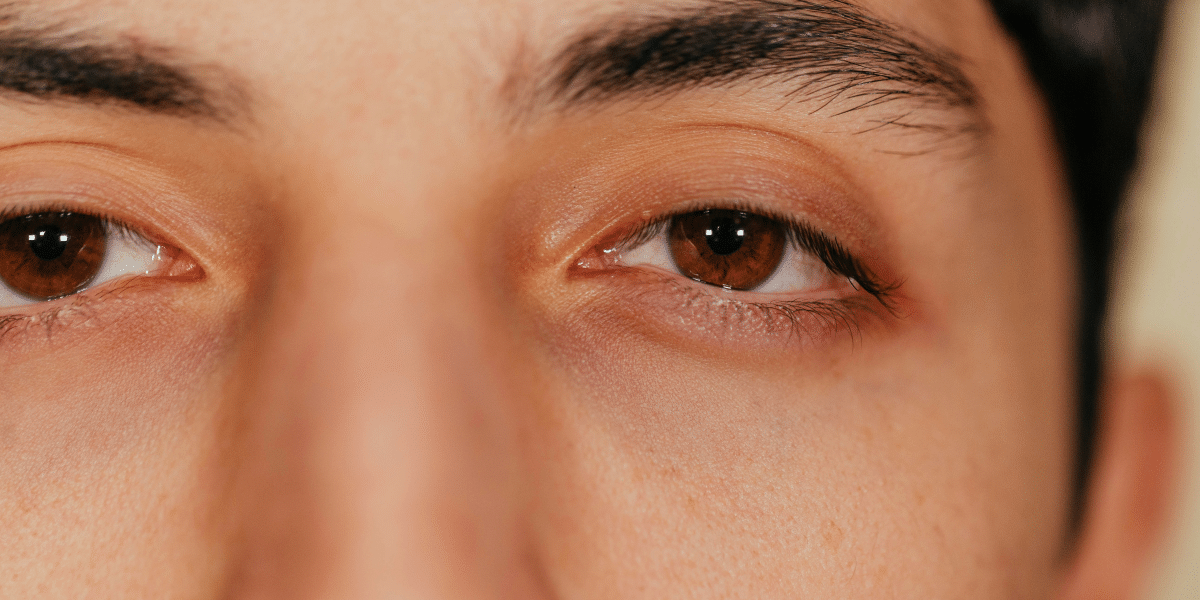By: SEO Mavens
Key Takeaways
- Understanding the benefits and considerations of double eyelid surgery.
- The procedure, recovery, and potential risks associated.
- Insights from medical professionals and patient experiences.
What is Double Eyelid Surgery?
Blepharoplasty, also known as double eyelid surgery, is a cosmetic operation that aims to form a fold in the upper eyelid region. This operation is particularly popular among individuals who have monolids, which are eyelids lacking a natural crease. The procedure is not just about aesthetics; it has deep cultural roots, especially in East Asian countries where double eyelids are often seen as a beauty standard.
This rise in popularity can be attributed to its dual benefits: aesthetic enhancement and functional improvement. Whether the goal is to achieve a more defined eye contour or to correct a sagging eyelid that impairs vision, this procedure offers versatile solutions.
Why Do People Opt for Double Eyelid Surgery?
Aesthetic Reasons
One of the primary motivations behind opting for double eyelid surgery is to enhance one’s appearance. The procedure produces a more open, alert, and youthful appearance by making the eyes look larger. This change can dramatically alter the overall facial appearance, making it more harmonious. Currently, the practice of double eyelid surgery is gaining steam globally. According to a study published by the American Society of Plastic Surgeons, the demand for such cosmetic surgeries continues to rise as people increasingly seek subtle yet impactful aesthetic improvements.
Functional Reasons
Functional benefits are another compelling reason for individuals to consider double eyelid surgery. For some, the procedure helps to improve vision by lifting droopy eyelids that can obstruct the field of view. Others might find relief from discomfort caused by heavy upper eyelids, which can lead to strain and irritation. These functional benefits make the surgery appealing to a broader audience beyond those seeking purely aesthetic enhancements.
The Surgery Procedure
Before undergoing double eyelid surgery, a thorough consultation with a board-certified plastic surgeon is crucial. This initial phase often includes a discussion about the patient’s desired results and a comprehensive evaluation of their overall health to minimize potential risks. Having a grasp of the complexities of the process aids in establishing practical expectations and getting ready mentally and physically for the operation.
The surgical process itself involves creating a small incision in the upper eyelid to form the desired crease. There are two primary methods for performing this surgery: incisional and non-incisional. The incisional method involves making a cut to remove a small amount of skin, muscle, and sometimes fat. This option is generally considered more permanent but comes with a longer recovery time. The non-incisional method, on the other hand, involves making small punctures to create the eyelid crease and is often suitable for those with thinner skin and less excess fat. Factors such as skin type, eyelid fat content, and desired result duration influence the decision between these methods.
Recovery and Aftercare
Recovery from double eyelid surgery varies from person to person but typically takes about one to two weeks. During this period, patients may experience swelling and bruising, which are normal parts of the healing process. It is essential to adhere to the surgeon’s aftercare instructions rigorously to ensure a smooth and quick recovery.
For a more effective recovery, one should consider various healing tips for post-surgery. Keeping the head elevated, applying cold compresses, and avoiding strenuous activities are crucial steps in reducing swelling and accelerating the healing process. Additionally, staying hydrated and maintaining a balanced diet rich in vitamins and minerals can further support recovery.
Potential Risks and Complications
Like any surgical procedure, double eyelid surgery comes with its share of risks. Common complications can include infection, scarring, and asymmetrical results. Nevertheless, the dangers can be reduced by opting for a plastic surgeon with exceptional qualifications and experience. It is also vital to follow all pre and post-operative instructions carefully to mitigate potential complications.
Costs and Financial Considerations
The price for double eyelid surgery can differ greatly due to factors such as the surgeon’s skill level, the procedure’s complexity, and the clinic’s location. Typically, the cost of the procedure ranges from $2,000 to $5,000. Many clinics offer flexible payment plans, and some insurance policies may cover procedures done for functional reasons. It’s advisable to thoroughly discuss all financial aspects during the initial consultation with your surgeon.
Real-life Patient Experiences
Actual testimonials offer valuable insights into how double eyelid surgery affects people’s lives. Numerous patients experience an increase in self-assurance and a better quality of life after undergoing the treatment. These firsthand accounts can be reassuring for prospective patients, offering a glimpse into the potential benefits and outcomes of the surgery.
Consulting a Professional
Consulting with a certified plastic surgeon is the most crucial step in the journey towards double eyelid surgery. During the consultation, patients should come prepared with a list of key questions to ask your surgeon. Important topics to cover include the surgeon’s experience, the risks involved, and the expected recovery timeline. This readiness aids in making a well-informed choice and paves the way for a successful surgical outcome.
Medical Disclaimer: This content is for informational purposes only and is not intended as medical advice, nor does it replace professional medical expertise or treatment. If you have any concerns or questions about your health, always consult with a physician or other healthcare professional.
Published by: Martin De Juan


















